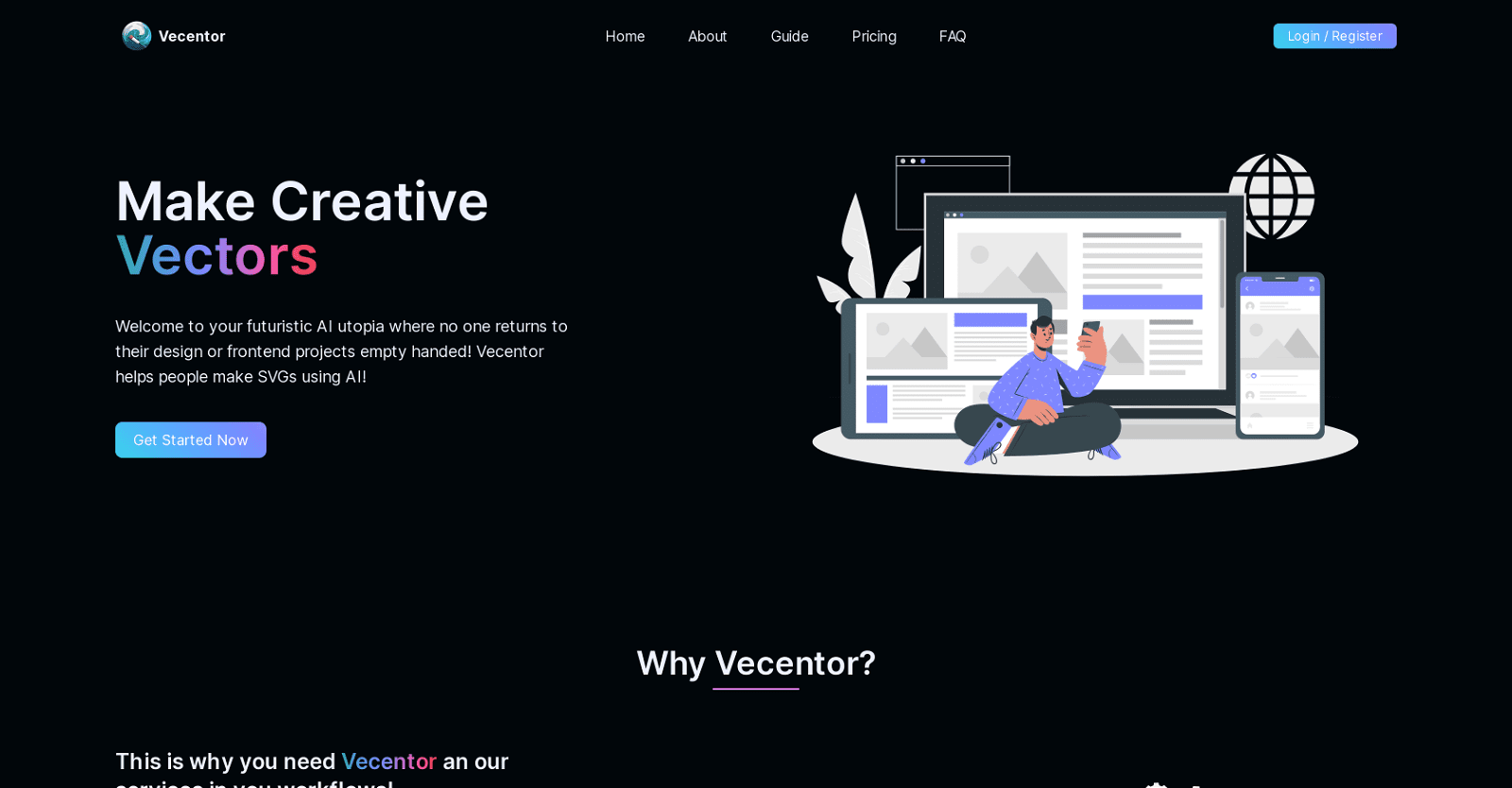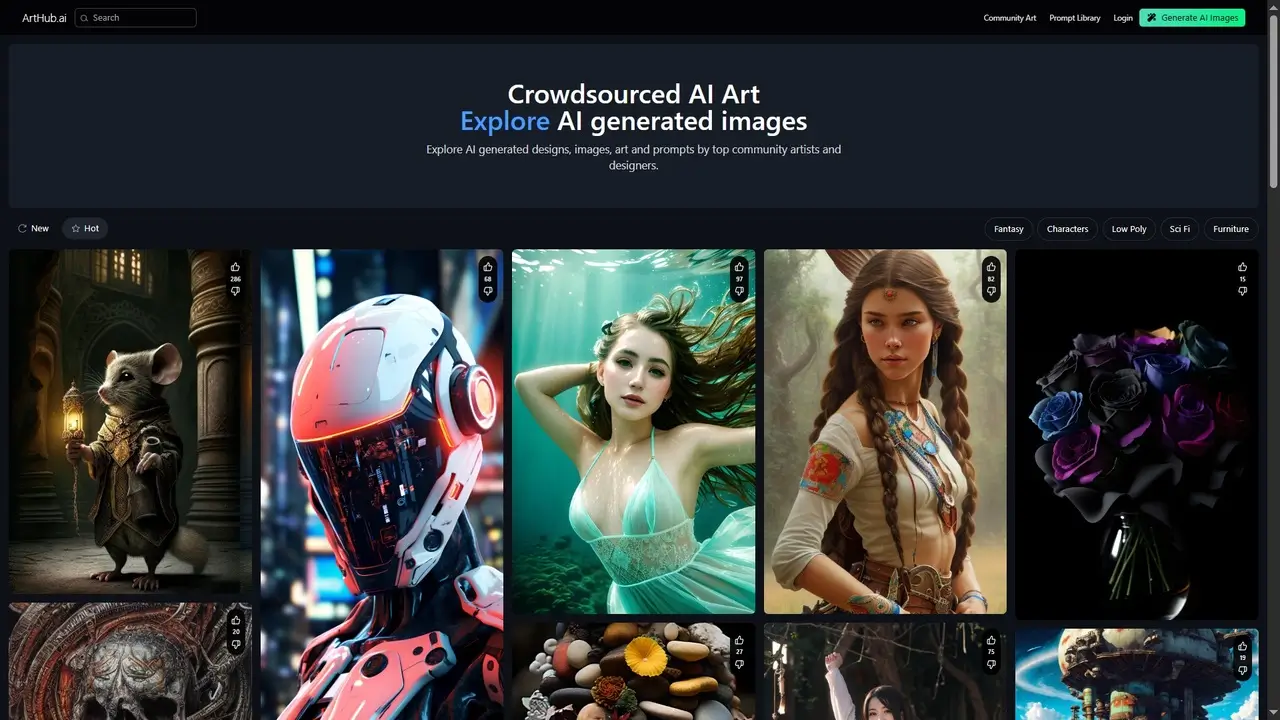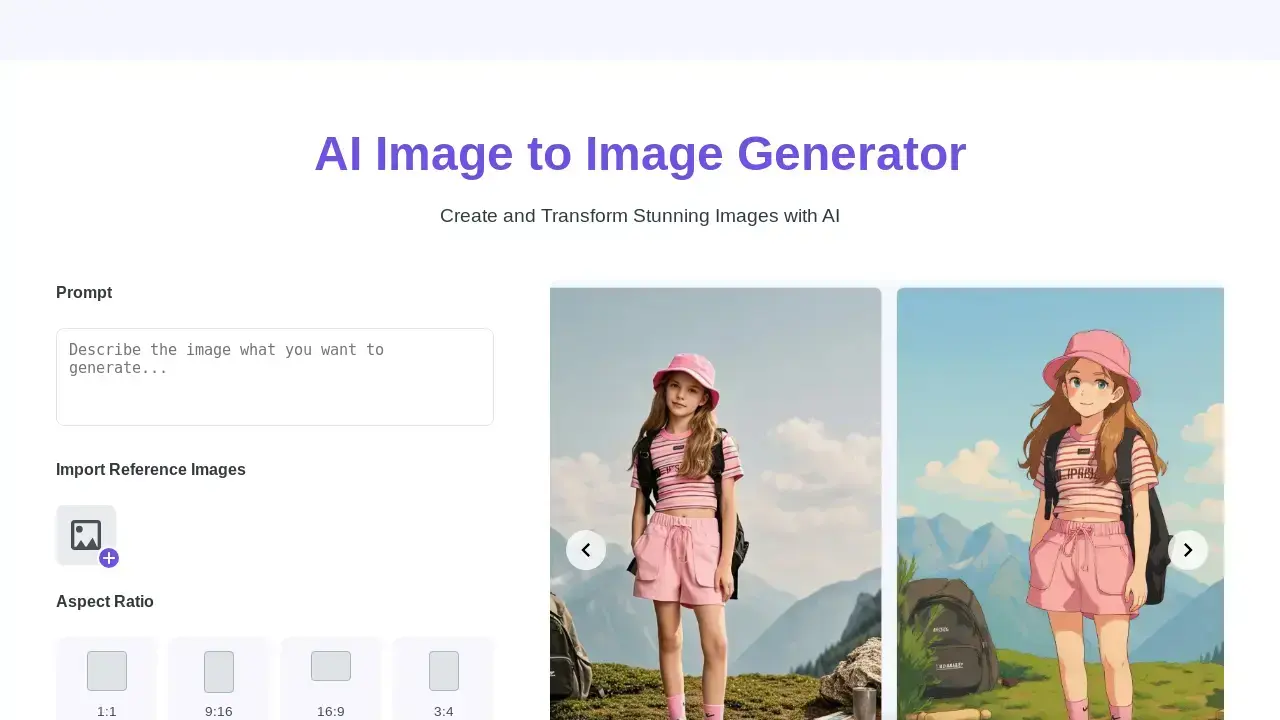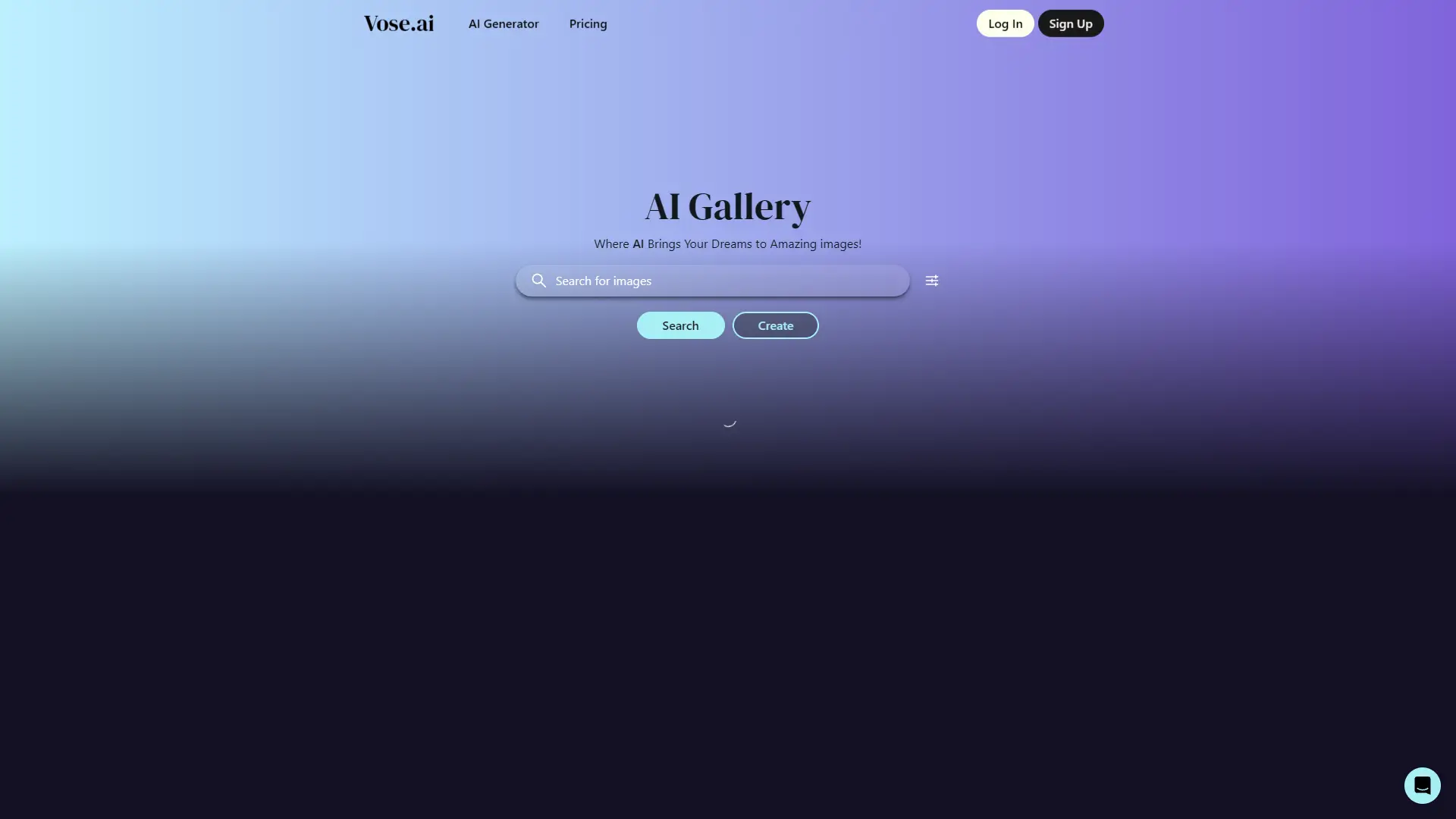Vecentor is a cutting-edge AI tool crafted for the creation of Scalable Vector Graphics (SVGs). Its hallmark is the facilitation of producing coherent SVG images that are highly editable, tailored for both design and frontend development tasks.
Harnessing the power of diffusion models alongside expansive language models, Vecentor is dedicated to crafting refined and original SVGs. It boasts a selection of six default styles, providing a spectrum of choices to meet diverse user needs.
The standout feature of Vecentor’s SVG output is the ease of editability. The SVGs are open-coded, which allows for seamless alterations using popular vector editing programs such as Illustrator or Inkscape, or even direct code edits.
This adaptability positions Vecentor as an invaluable asset for both visual designers and code-centric developers, bridging the gap between design intuition and coding precision.
Moreover, the SVGs are designed to be ‘code-ready’, ensuring they integrate smoothly into coding projects. Vecentor’s overarching goal is to deliver an inventive vector image generation tool that streamlines and enriches the creative workflow.
More details about Vecentor
How does Vecentor create SVGs?
Vecentor harnesses the power of diffusion models and expansive language models to craft detailed and creative SVGs, tailored to meet the unique needs of each user.
In what ways does Vecentor serve designers?
Vecentor serves designers by providing a visual workspace with a choice of six distinct styles. The SVGs produced are compatible with leading vector editing software, ensuring a high degree of design adaptability.
What enhancements does Vecentor bring to workflow processes?
Vecentor streamlines workflow by offering an innovative approach to vector image creation. The SVGs it generates are both highly modifiable and ready for immediate code integration, thus accelerating both design and development tasks and enhancing overall project efficiency.
What role do large language models play in Vecentor?
Large language models in Vecentor play a pivotal role in interpreting and predicting vector image compositions, analyzing vast datasets of vector graphics to fulfill user requirements with precision and coherence.








